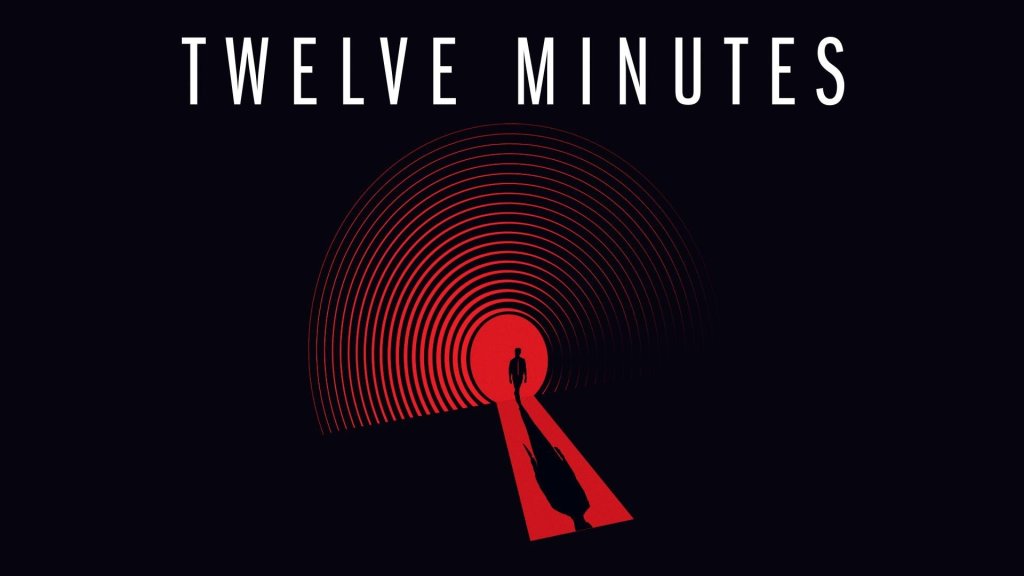Luis Antonio is a 15 year veteran of the games industry. He first worked at Rockstar on games like Manhunt 2, Midnight Club: LA Remix, and Max Payne 3, before moving on to Ubisoft where he was a Lead Artist and Art Director. After tiring of mainstream development, he became Senior 3D Artist on Jonathan Blow’s The Witness before deciding to go it alone.
-
Challenging puzzles
-
Great use of a confined environment
-
Plot becomes confused
-
Dubious morals
-
Trial and error needed in several places








